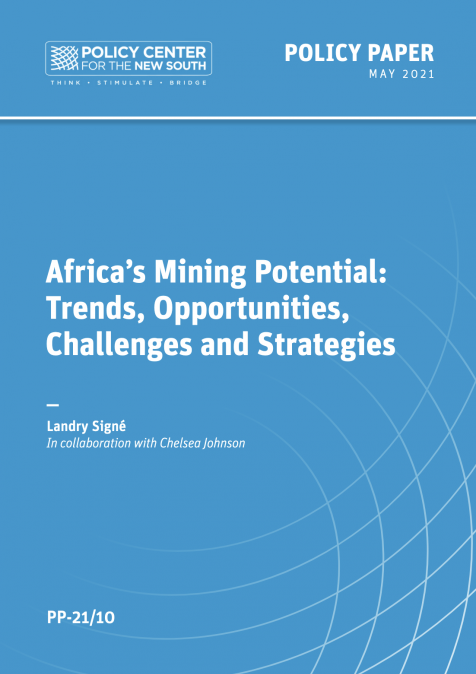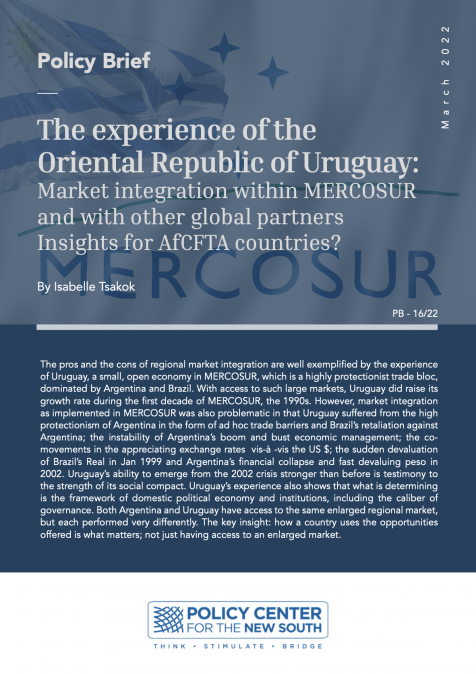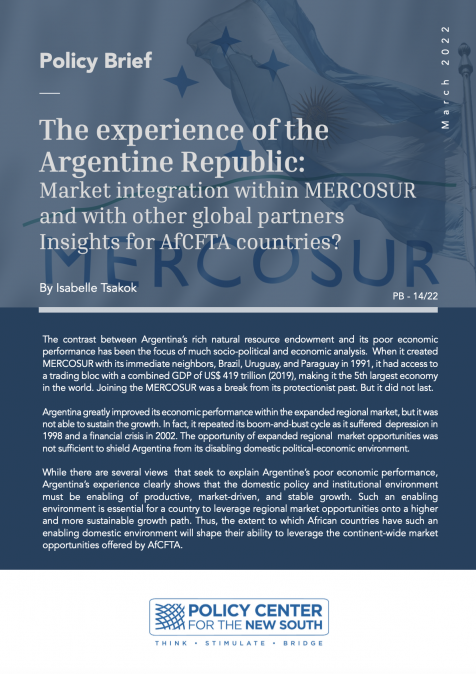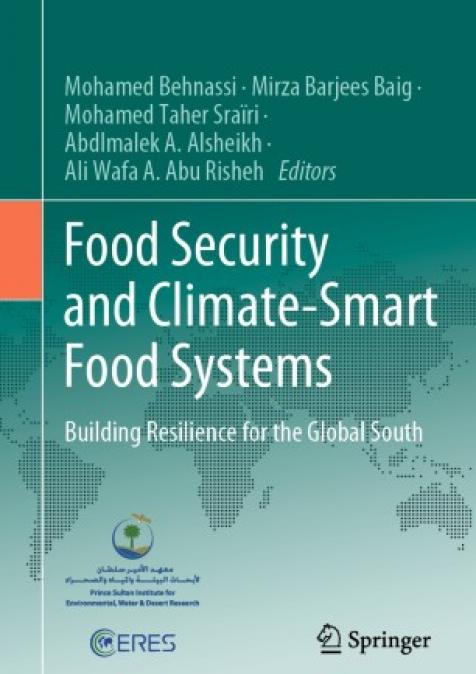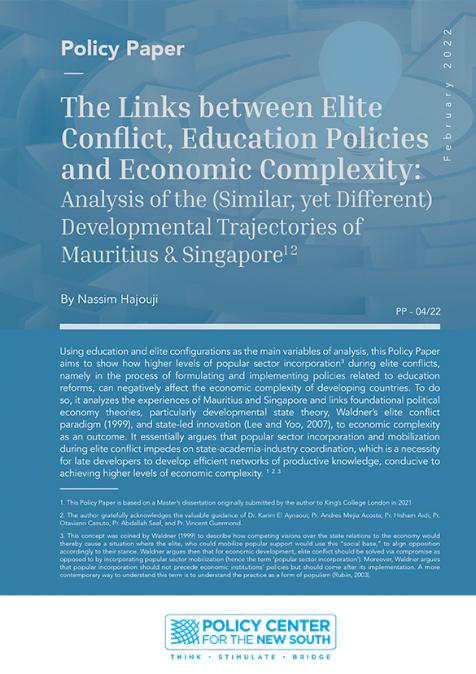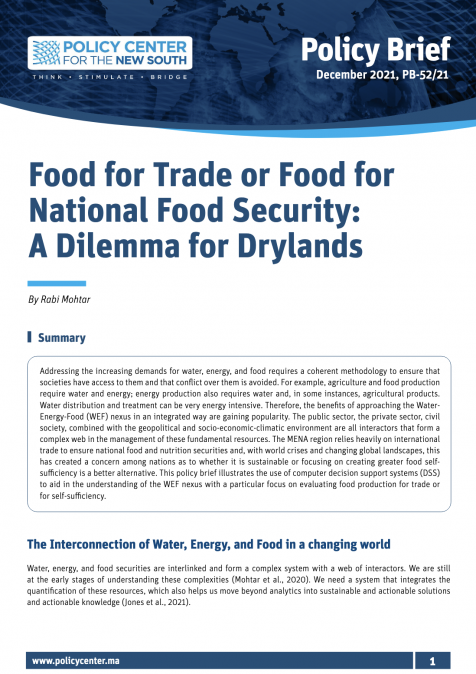Publications /
Policy Paper
Africa is endowed with abundant mineral resources, including gold, silver, copper, uranium, cobalt, and many other metals which are key inputs to manufacturing processes around the world. The mining and extractive sector has contributed and continues to contribute a significant share of Africa’s exports, revenue and GDP annually. In 2019, minerals and fossil fuels accounted for over a third of exports from at least 60% of African countries. Additionally, 42 out of 54 African countries are classified as resource dependent, with 18 countries classified as dependent on non-fuel minerals, 10 as dependent on energy or fuel exports and the rest as dependent on agricultural exports. Mineral resources contribute a significant amount of fiscal revenues, foreign currency reserves and employment to African countries. Clearly, the mining and natural resources sector is critical in driving economic growth and development on the continent. Discussions about Africa’s extractive sector are often overshadowed by an over-emphasis on oil and gas resources. This makes it imperative to discuss non-fuel mineral extraction industries in-depth. This Policy Paper discusses the untapped potential of Africa’s mining sector, especially the key trends, drivers, opportunities, challenges, and strategies needed to expand the sector and drive economic transformation on the continent.

